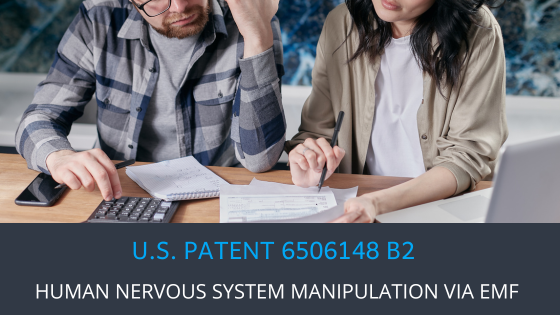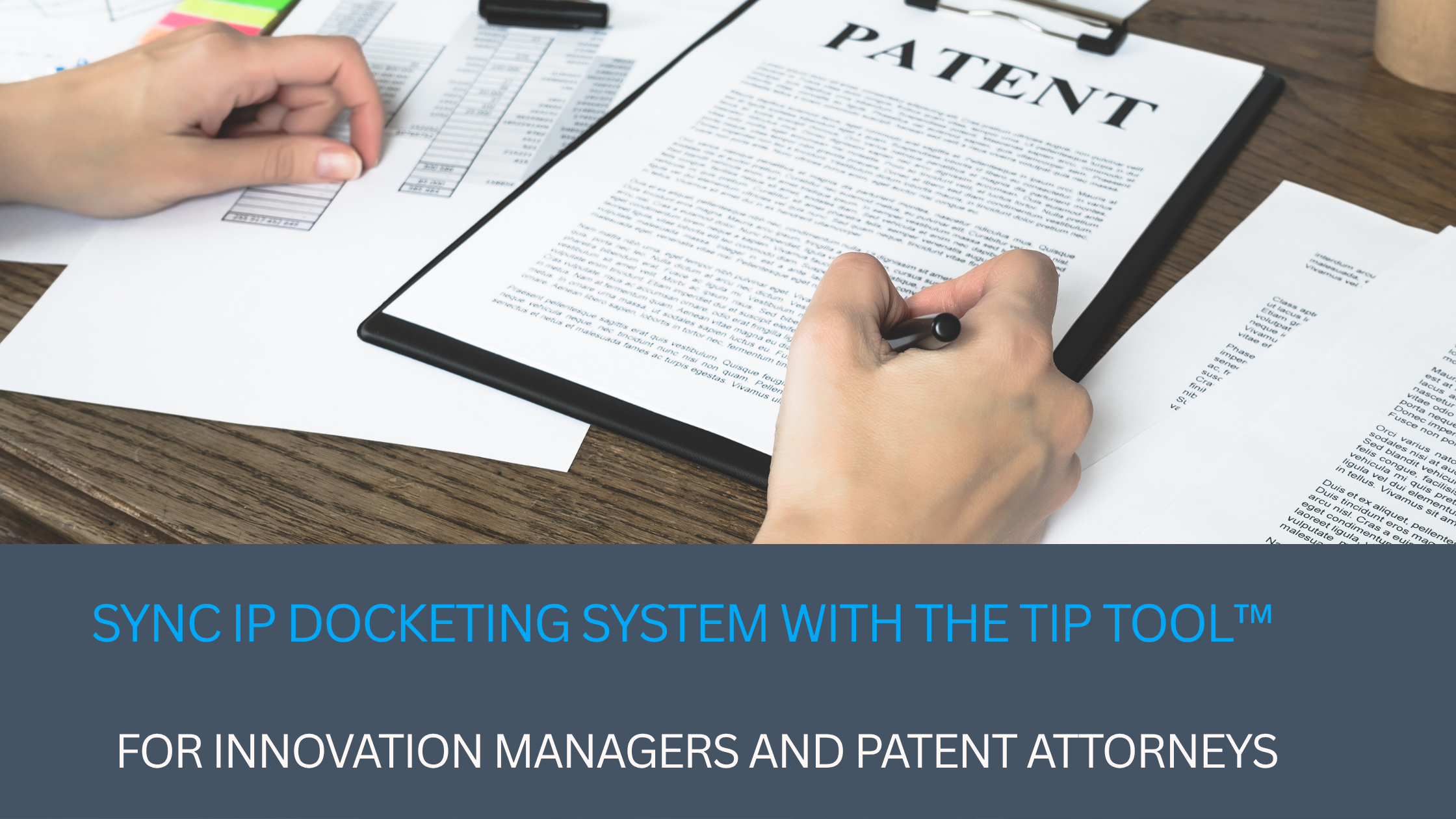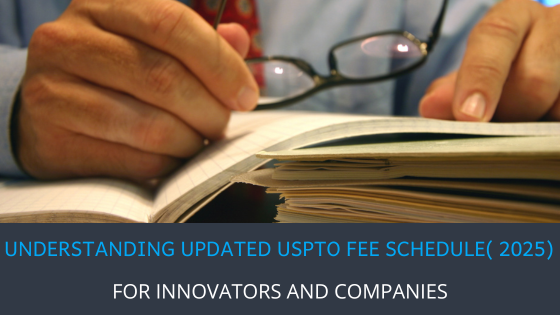From the imaginative realms of science fiction, where technology has the power to tap into the human mind, comes a real-world patent that seems to turn fiction into fact.
U.S. Patent 6506148 B2 isn’t a storyline from a futuristic novel; it’s a legitimate scientific proposal that outlines a method for manipulating the human nervous system through the electromagnetic fields emitted by monitors. At its core, this patent resonates with the themes of classic sci-fi tales – the melding of human consciousness with technological prowess.
Yet, as much as this patent might seem like a leap into a new frontier, it also brings critical ethical considerations to the forefront. The ability to influence the nervous system through everyday technology is not just a marvel of innovation but also a potential Pandora’s box of ethical challenges.
How do we balance the excitement of this scientific endeavor with the responsibility to use such power wisely? What are the implications for privacy, autonomy, and the fundamental nature of our interaction with technology?
In this article, we will delve into the details of U.S. Patent 6506148 B2, examining its technological foundations and the groundbreaking methods it proposes for interacting with the human nervous system.
Let’s dive in!
A Brief Overview Of U.S. Patent 6506148 B2
U.S. Patent 6506148 B2, titled “Nervous system manipulation by electromagnetic fields from monitors,” filed by Hendricus G. Loos in 2001 and published in 2003, deals with a method for manipulating the nervous system of a subject located near a monitor, which emits an electromagnetic field when displaying an image.
Source- Patent Lens
This manipulation is achieved by pulsing the image intensity displayed on the monitor with certain frequencies, specifically in the range of 0.1 Hz to 15 Hz. The patent suggests that these frequencies can excite sensory resonances in individuals, potentially affecting their nervous system.
The patent abstract mentions that physiological effects have been observed in a human subject in response to stimulation of the skin with weak electromagnetic fields pulsed at frequencies near ½ Hz or 2.4 Hz. The patent discusses the possibility of manipulating the nervous system of a subject by pulsing images displayed on a nearby computer monitor or TV set, either by embedding the pulsing in the program material or by modulating a video stream.
Also Read: Decoding U.S. Patent 10130701: The Breakthrough In Poultry Virus Control
Historical Context Of The U.S. Patent 6506148 B2
The historical context of this patent can be traced back to mind control and behavior modification research, such as the CIA’s MKULTRA project in the 1950s. This project involved various secret intelligence programs focused on interrogation, mind control, and behavior modification, which never officially ceased, according to the CIA’s statements.
The patent also resonates with significant theories in mass communication, notably the Hypodermic Needle Theory and the Cultivation Theory. These theories have historically postulated the strong influence of media in shaping human thoughts and behaviors, pointing to the power of external stimuli in modulating personal and societal perspectives.
Furthermore, US6506148 B2 doesn’t stand alone but rather is part of a continuum of scientific inquiry. It references and builds upon earlier intellectual endeavors, such as Norbert Wiener’s 1958 discussion on the impact of nonlinear interactions and electric field stimulation on brain waves. Additionally, it draws upon Brennan’s U.S. Patent No. 5,169,380 from 1992, which is concerned with addressing disruptions in mammalian circadian rhythms.
These connections highlight the patent’s integration into a long line of scientific exploration and technological advancement.
The Inventor Behind The U.S. Patent 6506148 B2
Hendricus G. Loos is the inventor behind the U.S. Patent 6506148 B2. Born in the Netherlands on December 18, 1925, and passing away on January 29, 2017, in Laguna Beach, California, Loos was a Dutch-born American research physicist and inventor. He held a degree from Delft University of Technology and worked at various organizations, including Plasmadyne Corp., Giannini Scientific Corp., Douglas Aircraft Co., Advanced Research Labs, and the University of California (as an Associate Professor of Physics). He was also affiliated with Laguna Research Laboratory and Cuewave Corporation.
Loos is known for a series of patents related to the manipulation of the human nervous system by electromagnetic means, a field he began exploring in 1999. These patents include:
- Manipulation of nervous systems by electric fields (US5899922A): Filed in 1997, this patent describes an apparatus and method for influencing the nervous system through afferent nerves modulated by an externally applied weak electric field. The field frequency is chosen to excite a sensory resonance.
- Remote magnetic manipulation of nervous systems (US6238333B1): Filed in 1999, it details an apparatus and method for remote manipulation of nervous systems using the magnetic dipole field of a rotating bar magnet.
- Magnetic excitation of sensory resonances (US5935054): Filed in 1992, it pertains to influencing the nervous system by a weak externally applied magnetic field near 1/2 Hz frequency.
- Thermal excitation of sensory resonances (US5800481): Filed in 1995, this involves exciting autonomic and cortical resonances of the nervous system by inducing subliminal heat pulses in the skin.
- Method and apparatus for manipulating nervous systems (US5782874): Filed in 1997, it details manipulating the nervous system through afferent nerves modulated by externally applied weak fluctuating electric fields.
In addition to these patents, Loos has published several scientific papers reflecting his interests in plasma physics, gauge fields, and electromagnetic phenomena. Some of his notable publications include:
- “The ‘Punch’ Method of Compressing, Heating and Confining of a Plasma” (1958)
- “Some Dynamics Problems of the Pinch Method of Heating and Acceleration of Plasmas” (1959)
- “Heating and Confinement of Plasma by a Magnetic Field of External Origin and With a Short Rise Time” in Phys. Rev. Ltrs (1959)
- “Gauge Field of a Point Charge” in the Journal of Mathematical Physics (1967)
- “Electromagnetic Part of the Free Yang-Mills Field” (1968)
- “Factorizability of Einstein’s Field Equations” (1968)
- “Quadratic Hadamard Memories” (1989)
- “Quadratic Hadamard Memories II” (1990)
Loos’s patents, particularly those related to the manipulation of the nervous system, have garnered significant attention and speculation regarding their applications and implications. His work reflects a unique intersection of physics, neurology, and electromagnetism.
Also Read: U.S. Patent 4686605- Is It A Game Changer For Geoengineering?
Current Relevance And Applications Of The U.S. Patent 6506148 B2
The US Patent 6506148 B2 is relevant, particularly in the fields of neuroscience, psychology, and technology. Here’s an overview:
Neurostimulation Therapies
The underlying principles of the patent find applications in neurostimulation therapies for treating neurological disorders, such as epilepsy, Parkinson’s disease, and migraine headaches. These treatments involve low-frequency, time-varying electrical stimulation, which can improve a patient’s quality of lifestimulation, which can have therapeutic effects.
Cognitive and Psychological Benefits
Technologies and methods inspired by the patent’s principles, such as lucid dreaming induction and cognitive enhancement through electromagnetic stimulation, can offer mental health benefits, including improved cognitive abilities and treatment for PTSD-related nightmares.
Treatment of Neurodegenerative Diseases
Electromagnetic treatment methods have shown promise in reducing the severity and delaying the onset of symptoms in conditions like multiple sclerosis.
Research and Awareness
The patent has sparked discussions and research into the effects of electromagnetic fields (EMFs) on human health, contributing to a greater awareness and understanding of EMF exposure’s potential impacts.
While the U.S. Patent 6506148 B2 has found significant applications in various fields, ranging from neurostimulation therapies to cognitive enhancement, its widespread influence has not been without controversy.
Controversy Surrounding The U.S. Patent 6506148 B2
The controversy surrounding the U.S. Patent 6506148 B2 involves 14 claims that the technology can manipulate a person’s nervous system via electromagnetic fields from monitors, potentially for mind control purposes.
Source- Facebook
While the patent draws on legitimate scientific principles regarding the nervous system and the brain’s bioelectrical nature, experts have expressed skepticism about its practical application. The technology described in the patent is akin to how certain types of strobe lights can trigger seizures, suggesting a potential for nervous system response to specific stimuli. However, the direct application for mind control, as implied by the patent and conspiracy theories, is widely debated and not conclusively proven.
Beyond the specific claims of the patent, there has been broader concern among scientists about the effects of electromagnetic fields on human health. Hundreds of scientists have appealed to the United Nations and the World Health Organization for more protective guidelines regarding EMF exposure, indicating a need for further research and caution in this field.
Source- EMFscientist.org
To secure patent ideas, let’s now shed light on how innovative tools are shaping the landscape of patent management and utilization.
Also Read: U.S. Patent 10262281: How Dominos Unlocks New Efficiencies in Food Delivery?
Streamline Idea and Patent Management with the Triangle IP’s TIP Tool™
U.S. Patent 6506148 B2 marks a milestone in neuroscience and bioelectrical research, igniting discussions and paving the way for impactful technologies. These advancements hold the promise of bettering the lives of millions facing mental health challenges.
Companies like BrainWays, Wave NeuroScience, and NeuroEM Therapeutics are at the forefront, delivering solutions for neurological conditions, including anxiety, depression, smoking addiction, Alzheimer’s, and Autism.
These innovators are not only making a difference in healthcare but also securing their inventions with robust patent portfolios. Holding strong patents is key to maintaining a competitive edge in the market.
Effective patent management goes beyond just having great ideas; it’s about systematically capturing and safeguarding them, which calls for streamlined processes and the right tools.
The TIP Tool™ by Triangle IP transforms innovation management with its feature-rich platform, simplifying how ideas are captured, and patents are handled.
- Streamlined Patent Workflow: The TIP Tool™ simplifies the journey from idea to patent grant. Its intuitive drag-and-drop interface guides users seamlessly through stages like ‘Idea Capture,’ ‘Internal Vetting,’ ‘Patent Drafting,’ to ‘Filed Patents.’ This streamlined process ensures that innovations are protected efficiently and effectively.
- Inventor-Centric Design: Designed with inventors in mind, the tool’s user-friendly interface makes it easy for them to document their ideas comprehensively. Role-based access ensures a secure environment, encouraging a culture of innovation while safeguarding sensitive information.
- Collaborative Environment: The tool fosters a dynamic space for real-time brainstorming among innovators, managers, and patent attorneys. This collaborative approach ensures that ideas are meticulously evaluated and refined.
- Analytical Insights: Equipped with advanced analytics, the TIP Tool™ delivers essential data on patentability, projected timelines, cost estimates, and real-time USPTO updates. These insights empower users to make informed decisions throughout the patenting process.
Here’s an overview of what the predictions from the TIP Tool™ look like for U.S. patent 10130701:
| Check Points | The TIP Tool™ Predictions About U.S. Patent 10130701 | Actual Information About U.S. Patent 10130701 |
| Average Allowance Time | 3 years | Applied in 2001, Granted in 2003 |
| Average Argument Rounds | 2 | Not Available |
| Average Allowance Rate | 71% | 100% (As it’s an issued patent) |
| End-To-End Patenting Cost Estimation | $40,280 | Not Available |
| Art Unit | 2625, 2422, 2425 | Group Art Unit (GAU) 3736 |
- Comprehensive Management View: The TIP Tool™ offers an overarching view of your idea, patent pipeline, and patent portfolio. It emphasizes ease of management and decision-making, providing a holistic perspective of your entire patent landscape.
Triangle IP’s TIP Tool™ offers a platform that not only streamlines the patenting process but also aids in navigating the complex interplay of innovation, ethics, and public perception.
For innovators and organizations venturing into groundbreaking technologies, the TIP Tool™ provides the clarity and structure needed to manage patents effectively.
Embrace the future of patent management by integrating the TIP Tool™ into your strategy today.



